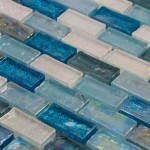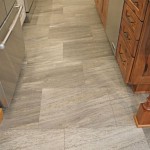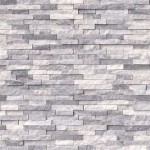How to Put Down Cement Board for Tile: A Comprehensive Guide
Installing cement board is a crucial step in preparing a surface for tile installation. Cement board provides a stable base and helps prevent tile from cracking or becoming loose over time. By following these steps, you can ensure a successful cement board installation for your tiling project.
## Planning and PreparationBefore beginning, measure the area where you will be installing the cement board and calculate the amount of material you will need. You will also need to gather the necessary tools, including a circular saw, cement board screws, a drill, and a level.
## Preparing the SubstrateMake sure the substrate, such as a plywood subfloor or drywall, is smooth, level, and free of debris. If there are any uneven areas, use a sander or planer to level them out. If the substrate is not level, it can cause the cement board to crack or buckle after tile installation.
## Installing the Cement BoardStart by marking the center point of the area where you will be installing the cement board. This will help you align the sheets and ensure a straight and even installation. Snap a chalk line along the center point to guide the placement of the first sheet.
Place the first sheet of cement board over the chalk line and secure it to the substrate using cement board screws. Space the screws approximately 6 inches apart around the perimeter and 8 inches apart in the field. Countersink the screws slightly below the surface of the cement board.
Continue installing additional sheets of cement board, overlapping the edges by 1/8 to 1/4 inch. Stagger the joints between the sheets to create a stronger and more stable base. Always use a level to ensure that the cement board is flat and even.
## Finishing the InstallationOnce all the cement board is installed, inspect the surface for any high points or gaps between the sheets. Use a sanding block to smooth out any high points. Fill any gaps with thin-set mortar and allow it to dry.
Once the mortar has dried, apply a layer of alkali-resistant mesh tape over the joints between the cement board sheets. This will help reinforce the joints and prevent cracking.
## Tips for a Successful Installation- Use galvanized or stainless steel screws to prevent rust.
- Do not overtighten the screws, as this can cause the cement board to crack. li>Allow the mortar to dry completely before applying tile.
- If you are installing cement board on a floor, use a backer rod under the joints to prevent moisture penetration.
By following these steps, you can ensure a successful cement board installation that will provide a solid and durable base for your tile project. Remember to plan carefully, prepare the substrate properly, install the cement board using the correct techniques, and finish the installation with care. With a little effort, you can achieve a professional-looking tile installation that will last for years to come.

How To Install Cement Board The Home Depot

How To Install Hardiebacker Cement Board On Floors James Hardie Pros

How To Install Cement Board On A Floor Diy Family Handyman

How To Install Cement Board The Home Depot

How To Install Cement Board For Tile Projects Diy Family Handyman

Cement Backerboard Floor Tile Installation Uncookie Cutter

How To Install Cement Backer Board For Floor Tile Installation The Home Depot

How To Install Cement Board The Home Depot

Tile Installation Backer Board Around A Bathtub Family Handyman

How To Install A Cement Board For Tiling Beaumont Tiles
Related Posts








